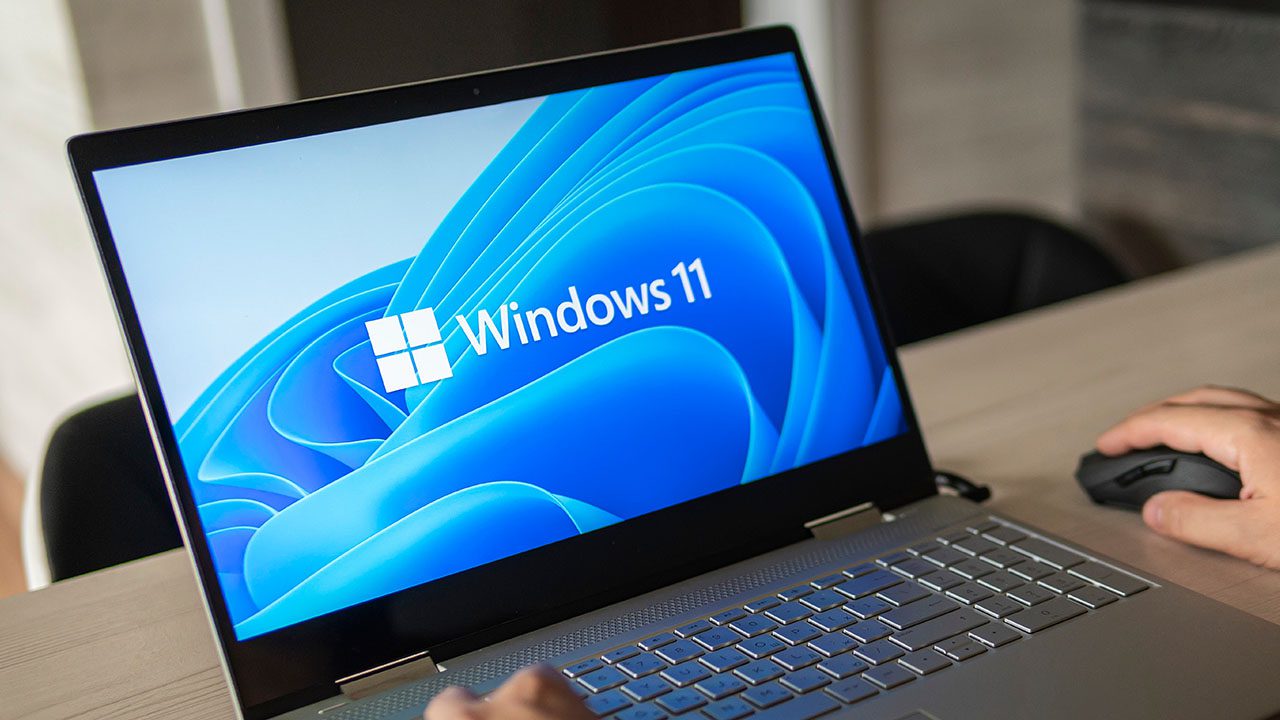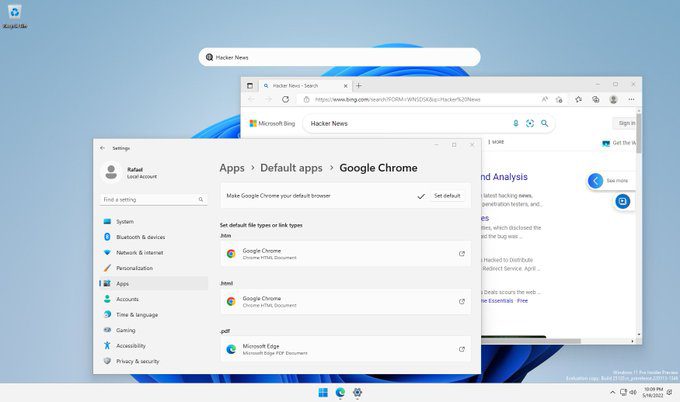Microsoft Says Windows 11 is Now Generally Available for All Compatible Devices

Microsoft has quietly updated the Windows Health Dashboard page to mention that Windows 11 is now ready for broad deployment in business environments. This essentially means that all Windows 10 users with PCs that meet the minimum requirements for Windows 11 should be able to install it via Windows Update (via Neowin).
According to Microsoft, Windows 11 is available as an optional update for users running Windows 10 version 2004 or newer. However, it is important to note that some protection blocks may still be in place on select Windows machines. Microsoft recommends customers to use the PC Health Check app in order to determine the eligibility of their device.
“If you are using Windows 10, you can determine if your device is eligible for the upgrade using the PC Health Check app or checking Windows 11 specs, features, and computer requirements,” Microsoft explained. “We encourage the use of a Microsoft Account (MSA) to get the most out of your Windows 11 experience.”
Microsoft released Windows 11 back in October 2021, which is considered the most visually appealing OS with several redesigned apps. It brings a bunch of new features such as Microsoft Teams integration, the new Start menu, a Widgets pane, support for Android apps, and much more.
Meanwhile, Windows 11 is also getting some much-anticipated features, including File Explorer Tabs and a visual refresh for Windows inbox apps. Microsoft has started testing a new desktop search experience in the latest Windows Insider builds.

Windows 11 22H2 to reportedly hit RTM on May 24
The broad availability of Windows 11 comes as Microsoft is planning to finalize version 22H2 (Sun Valley 2) in the next couple of weeks. Some recent leaks suggest that the next feature update for Windows 11 is set to hit RTM status on May 24. The latest AdDuplex report shows that the OS is now running on every fifth Windows PC.
If you haven’t done it yet, you will be able to install Windows 11 by heading to the Settings >> Updates & security and then clicking the Check for updates button. However, you first need to ensure that the PC meets the minimum system requirements for Windows 11, such as a 64-bit CPU, 4GB of RAM, and the TPM 2.0 module. You can check the full list of the system requirements for Windows 11 on this support page.



